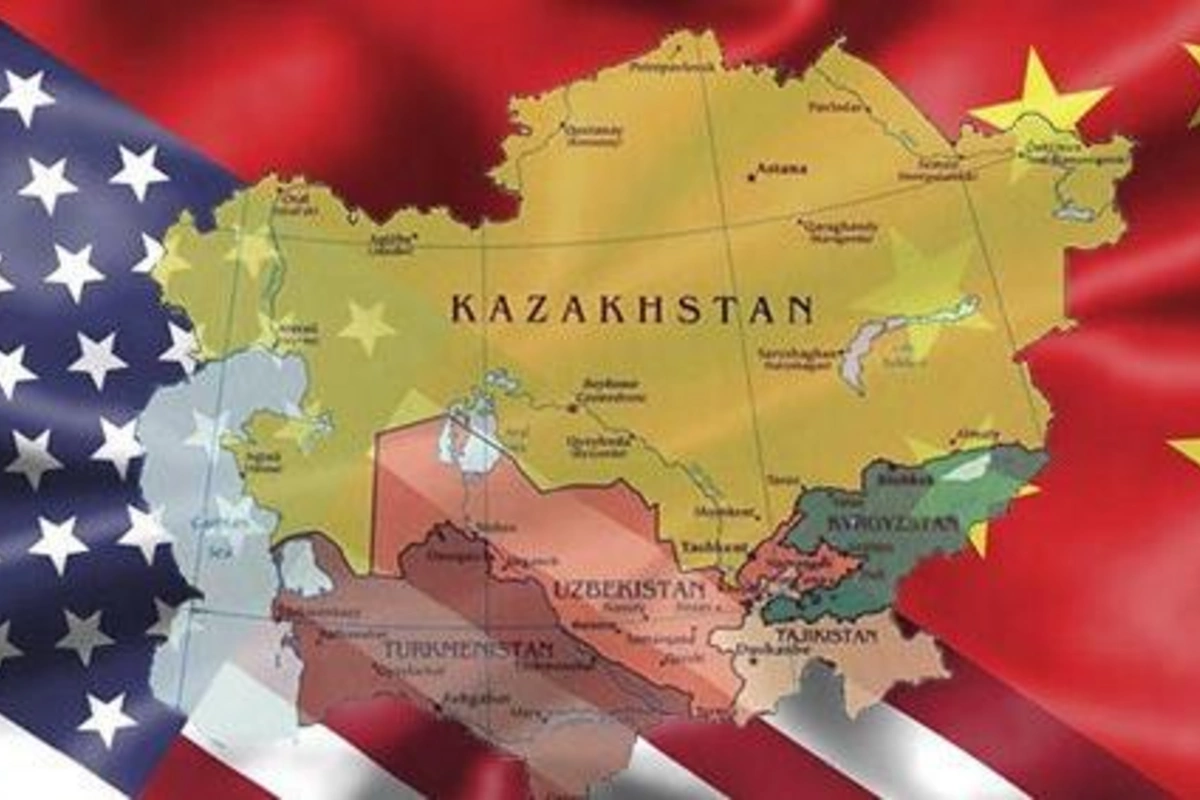
Over the last ten years, China has significantly increased its influence in Central Asia-not by military means, but through the development of roads, trade routes, and digital infrastructure. As the United States reduced its presence in the region after withdrawing from Afghanistan, Beijing swiftly stepped in to occupy the space. Now, China stands as the leading external power in Central Asia, while the U.S. faces the risk of marginalization.
At the heart of China’s strategy is the Belt and Road Initiative (BRI), which has provided over $1 trillion into infrastructure projects globally since its launch in 2013. This includes $704 billion in construction contracts and $470 billion in non-financial investments. In 2024 alone, BRI engagement reached $121.8 billion - $70.7 billion in construction and $51 billion in investments - and trade between China and the countries of Central Asia hit a record $95 billion, highlighting the depth of China’s economic integration, The Caspian Post reports citing The Times of Central Asia.This engagement has also created significant financial dependencies. Central Asian countries owe China roughly $15.7 billion, about 8% of the region’s total external debt, and these loans are often opaque and carry terms that provide Beijing with outsized political leverage.
Chinese firms are also laying fiber-optic networks and constructing electric vehicle corridors to link western China with its neighbors. In Tajikistan, for example, contractors are upgrading the Pamir Highway to support cross-border EV transport. Huawei and other Chinese tech giants are also expanding the region’s telecommunications infrastructure, raising serious concerns about surveillance, data sovereignty, and long-term digital dependency.
China’s economic outreach is reinforced by high-level diplomacy. The China-Central Asia (C+C5) format has become the centerpiece of Beijing’s regional engagement. At the 2025 summit, leaders from across the region gathered to coordinate on connectivity, climate resilience, and trade facilitation. The regularity and substance of these summits stand in sharp contrast to the United States’ more sporadic diplomatic presence.
The U.S. maintains the C5+1 platform and launched a promising Critical Minerals Dialogue in 2024. However, these initiatives have yet to match the scale or consistency of China’s approach as U.S. infrastructure investment is limited, its commercial footprint is small, and diplomatic engagement is too infrequent to shift the region’s strategic trajectory.
This matters. Central Asia is strategically located, resource-rich, and increasingly central to global supply chains and geopolitical competition. Kazakhstan alone supplies more than 40% of the world’s uranium. The region also serves as a testing ground for competing development models, and if the United States fails to become a more engaged and credible partner, China’s infrastructure-heavy, state-centric model may become the default.
To remain competitive, Washington should recalibrate its approach in Central Asia. This includes pursuing bilateral deals that deliver real impact, such as deepening ties with Uzbekistan and Kazakhstan through targeted investment packages, trade agreements, and joint-sector initiatives. It also means securing access to critical minerals by expanding private-sector investment in mining, processing, and transport infrastructure aligned with U.S. supply chain needs. Offering digital infrastructure alternatives is equally essential; the United States must support secure, interoperable, and transparent technology networks that provide a viable counterweight to Chinese-backed systems. Finally, diplomacy must become more agile and outcomes-focused. The C5+1 platform should be elevated by institutionalizing high-level summits and establishing actionable working groups focused on tangible results.
The United States still has time to reengage Central Asia on its own terms, but that window is closing. Strategic competition in the region is no longer hypothetical. It is unfolding, and for the moment, China is setting the pace.
Share on social media